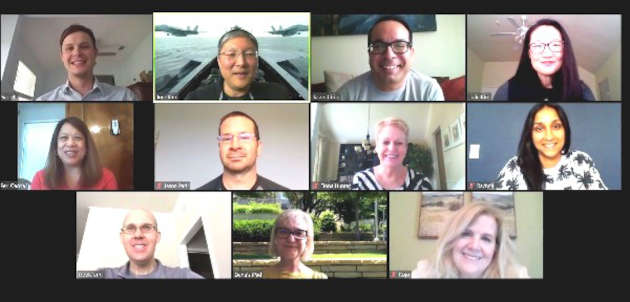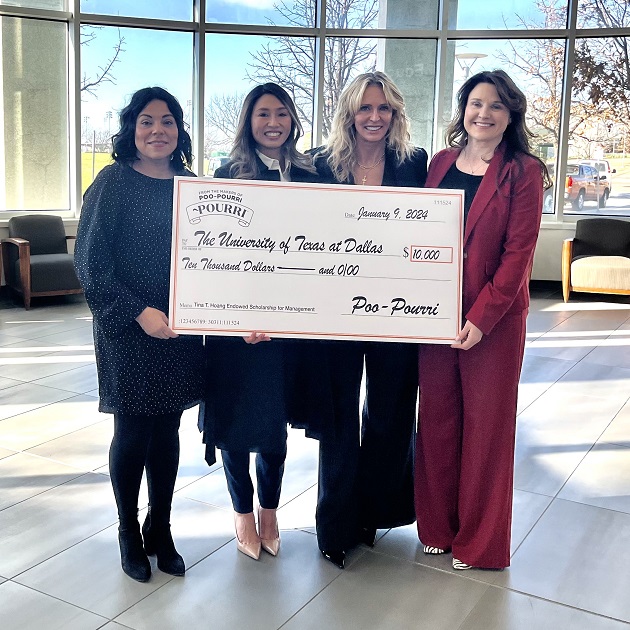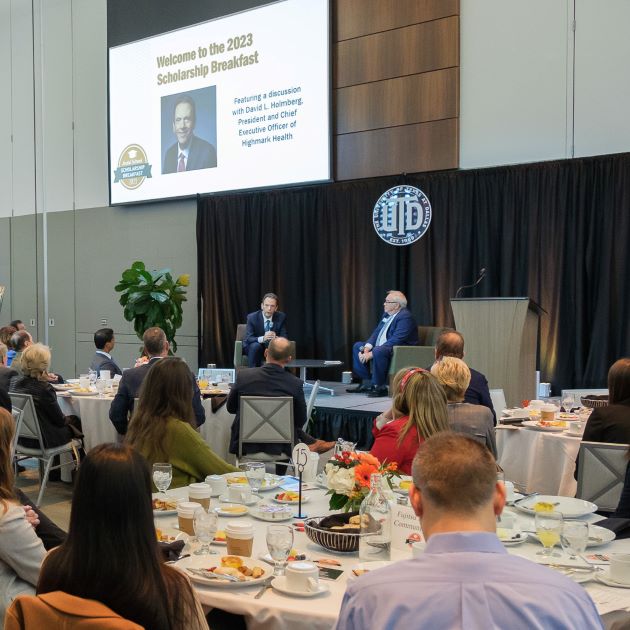
Job and internship seekers who build and maintain their professional networks have a distinct advantage over those who do not. This is especially true during the COVID-19 pandemic when some people might be inclined to wait and see if a vaccine becomes available or if the numbers start going down before resuming their efforts.
Tom Kim, assistant dean and director of the Career Management Center at the Naveen Jindal School of Management, warns that this is a mistake.
“That’s the worst thing you can do,” he said. “We tell students that if you wait, you will be that far behind your competitors.”
Kim and his team offer JSOM students and alumni a wide variety of career preparation workshops that teach them how to navigate the challenges of a job or internship search. Those challenges can be especially difficult when job seekers have to conform to social distancing requirements.
Soon after the campus went virtual in March, Kim said that he personally began teaching some workshops that focused on networking during uncertain times.
“Networking is still king for a successful job search,” he said. “That’s our theme and our goal at the CMC. It’s what we have always preached and will continue long after the pandemic is behind us. The only thing that has changed is the methods and the tools you need to be able to network successfully in a virtual environment.”
Social media is a big part of virtual networking. LinkedIn, Kim said, is perhaps the biggest part, and the one that students tend to neglect the most.
“Students tend to create a profile, post their photo and details, and leave it at that,” he said. “But there’s much more to LinkedIn than that. One of the best things you can get on that platform is information. Some people might post where they got a job recently. Recruiters are very active on LinkedIn, and they might post their latest job openings. Those are some valuable insights for your job search.”
Conversely, recruiters might post about having to furlough employees. That, Kim said, is additional information that is valuable for a job search because then a job seeker at least knows where not to apply.
Kim said another valuable tactic for building a network on LinkedIn is to learn who the prolific posters are, read their posts, like those posts and comment on them.
“That’s when you start to build a connection with these people, “he said. “Now you have second connections to all of their connections.”
The CMC offers a slew of workshops that teach students and alumni skills such as these to help them develop a tried-and-true job-search strategy, virtual or not. Workshop topics this fall include interview strategies, writing résumés and cover letters, avoiding employment scams, and tools and strategies to find out which employers are hiring. Topics that focus specifically on building virtual networking skills include navigating a virtual career fair or networking event, developing a LinkedIn profile, virtual interviews and virtual storytelling during an interview.
Whether someone learns to embrace virtual networking or ultimately prefers those face-to-face encounters, Kim said that, in the end, there is a valuable lesson to be learned from continuing to develop both approaches.
“It drives the idea of being flexible,” he said. “I’ve learned from experience that until you can learn how to adapt, you’re going to continue to get frustrated. Learning how to network both in person and virtually helps you learn how to be more maneuverable and agile. That’s a key trait employers look for in a job candidate these days.”






